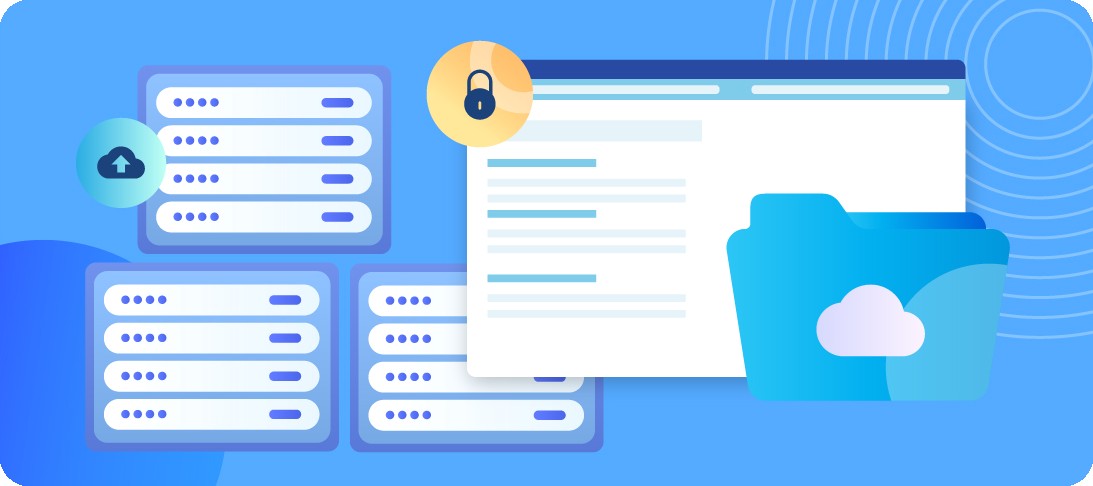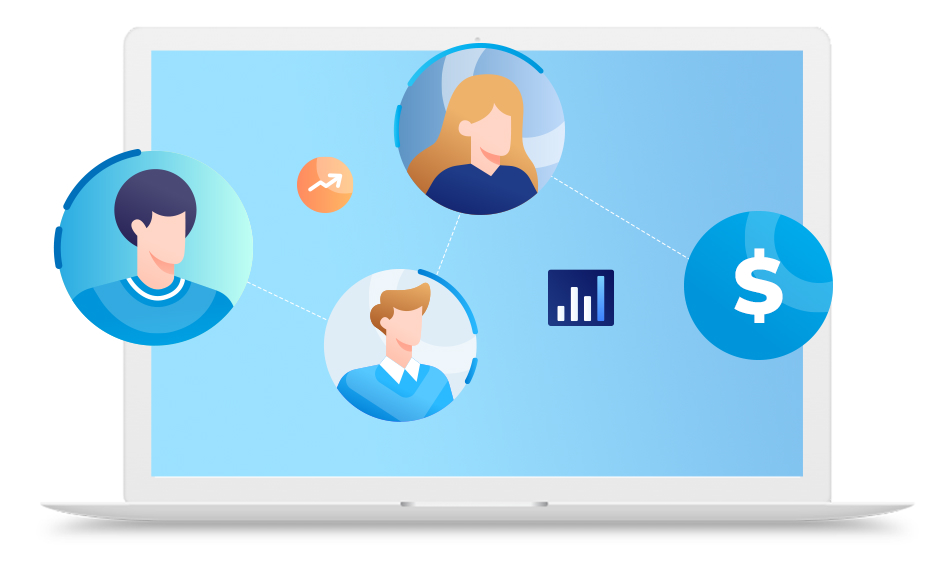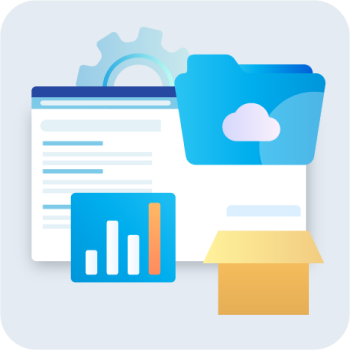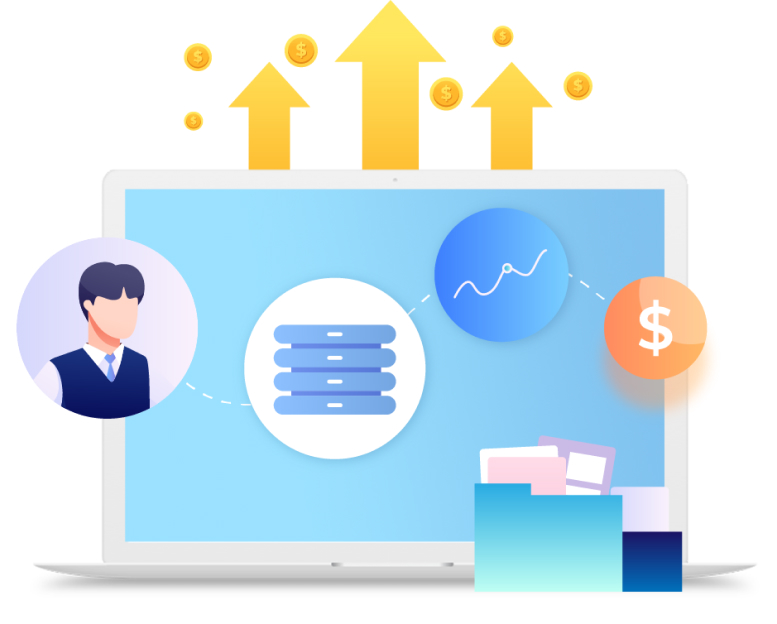The author is a CEO and Co-Founder in Eucloid. For any queries, reach out to us at: contact@eucloid.com
Why Email Marketing Campaigns will always be relevant?

Email marketing campaigns, which began in the 1990s, have revolutionized marketing and brand promotion over the years. The pervasiveness and significance of emails in marketing can be gauged from the fact that there are 4 billion daily users of email, i.e., half of Earth’s population. Further, close to 37% of the B2B marketers and 45% of the B2C marketers deploy email marketing campaigns for brand promotion.

Email campaigns provide higher click-through rates (CTR), easily quantifiable results, large potential reach, higher return-on-investment (ROI), cost-effectiveness, and higher customer engagement as compared to its competitors. While social media, paid advertising, and content marketing are focused on an integrated marketing strategy, the email marketing campaign is a more specific form of digital marketing. It delivers a brand’s marketing message to a list of email subscribers who have explicitly consented to receive promotional and marketing material from that brand. With an average CTR of 3.57% (the highest captured by Consulting Services), email campaigns perform far better than social media platforms like Facebook (0.07%), Google Ads (3.17%), and Twitter (0.03%).

Analytics helps email campaigns by calculating their performance for every individual email sent. It also helps in tracking how CTR changes over time, thereby giving critical insight into how many people are engaging with a brand. This is exactly why all major B2C & B2B marketers deploy AI analytics in email marketing. It tracks all the key performance metrics regularly and helps in experimenting with tactics to see which one’s work, and continually improve them. Further, automation of workflows makes the process faster and easier.
Emails today usually come in diverse interactive formats, with videos, infographics, GIFs, and newsletters embedded in them. This makes it a very complicated terrain to decide which email to be sent to which type of customer. Added to that, is the fact that an email campaign will involve millions of customers that deal with emails on a daily basis. Therefore, all major technology giants like Adobe, Apple, Google, and Meta have invested their critical resources and dedicated specialized software to support the email campaigns of their clients. That speaks volumes of its utility in the domain of marketing. Organizations usually run email campaigns for various purposes, like Email Preferences campaigns, Promotion campaigns, Engagement campaigns, Re-engagement campaigns, Newsletters, Questionnaires, and Customer Delight campaigns.

All forms of popular campaigns have some common traits; their subject lines being concise and straightforward is the foremost of it. They are consistent in their branding with social media buttons and website links (call-to-action icons) standing out with contrasting colors. These CTA buttons lead to a landing page rather than the homepage. A/B testing is conducted timely to determine which email version brings better conversions, click-throughs, opens, and other desired actions.
To further enhance your email marketing campaign, you need to send the right email to the right people at the right time. That's where segmentation and personalization help. Instead of sending generic emails, these techniques help you in creating content that’s relevant to recipients’ interests, shopping activities, customer journeys, and other important factors. Personalization can be as small as including a contact's name in the email or as detailed as mentioning their interests by looking into products they viewed, blogs they read, and items purchased or added to carts. If you study these customer journey analytics, you will be able to send suitable content to your customers based on where they are in the buying cycle.

However, though email marketing has evolved over the years, almost 16% of all emails never make it to the inbox. This is termed as ‘Bounce Rate’ and it risks important mails being falsely categorized under spam. Internet service providers (ISPs) use bounce rates as the key factors in determining an email sender’s reputation. Having too many hard bounces can make your company look like a spammer in the eyes of an ISP. In such a case, analytics tools help you differentiate between “hard” bounces and “soft” bounces. The former is a temporary problem with the recipient’s server, while the latter is the result of an invalid, closed, or non-existent email address.

Despite the emergence of several instant messaging and notification apps in the market, email campaigns have thrived by successfully integrating AI analytics to constantly evolve over time. AI has redefined email marketing with personalized email campaigns, automated workflows, and predictive analytics. Among marketing channels, email marketing has yielded the highest return on investment (ROI) for the past 10 years. For every $1 spent, email marketing generates $42 in ROI, compared to $2 in revenue on other platforms such as Google Ads. They also have the highest conversion rate (66%), which tells of its success in generating prospective leads in response to the campaign.
Reach out to us at (contact@eucloid.com) to strengthen your email campaigns and leverage it in your marketing campaigns.
Posted on : July 27, 2022
Category : Digital Commerce
About the Authors
